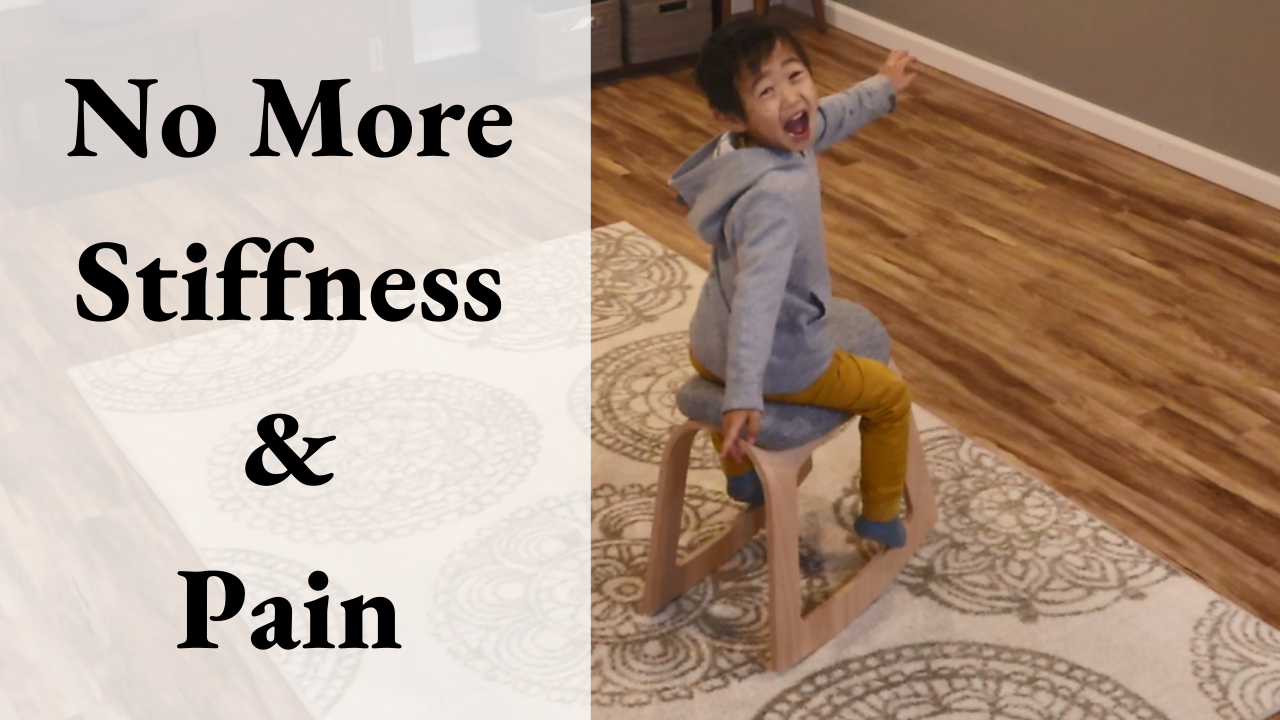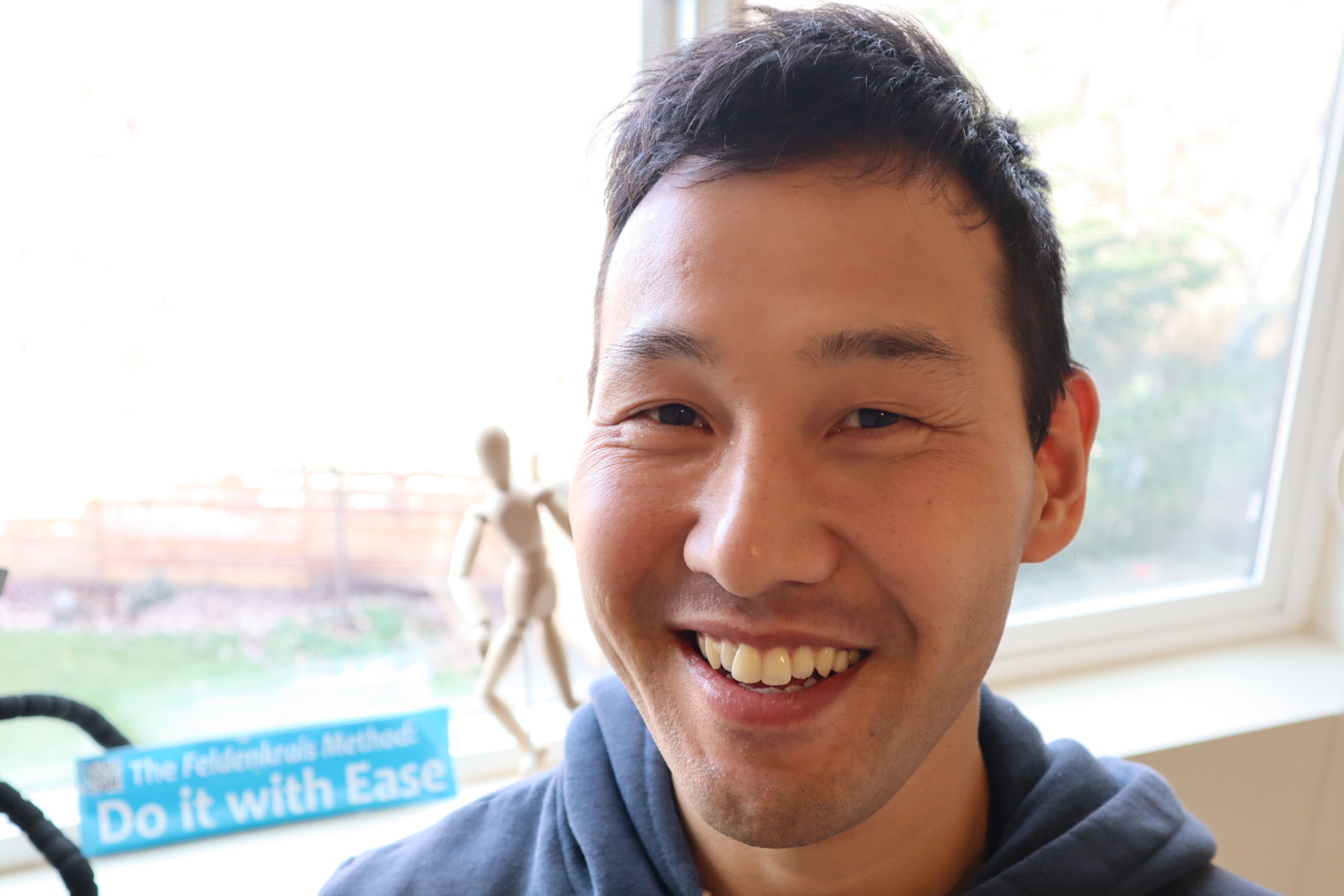I have been fortunate enough to have had many opportunities to help individuals with dementia including Alzheimer’s disease as a Feldenkrais practitioner and a physical therapist assistant in the past several years. Although people’s diagnoses would not change how I work with people, working with people with dementia brings unique challenges.
I’d like to share a few things that I’ve learned over the years and how I use some principles of the Feldenkrais Method to help those individuals. I understand there are several types of dementia and they all present different symptoms, but what I am sharing here applies to people with all forms of dementia.
Principle #1: Be present and meet them where they are at
This principle is not unique to the Feldenkrais Method,but is such a fundamental one to keep in mind. Even if they don’t understand what you are saying, they can intuitively sense whether you’re giving them your attention or not. It is very important to be able to recognize all of their cues (verbal or non-verbal) that can suggest their needs because they may not have the ability to express them verbally. Being present is a pre-requisite to notice those cues.
Principle #2: Let go of expectations
You teach them something, say, teach them how to get out of a chair more efficiently, and there is a very good chance they will forget what you teach and you will end up teaching the same thing again next visit. We, Feldenkrais practitioners know that we should not expect any particular outcomes/results from our clients. This is especially important when you’re working with people with dementia.
We may guess and speculate what might happen, but it’s not our job to decide their outcomes. It it their nervous system’s job to decide. Just observe and notice their responses/changes. The nervous system will take what it can take at that moment and will not take anything if it’s not ready. Knowing this will greatly reduce pressure/stress on practitioners as well as clients.
Principle #3: Developmental Movement Patterns
It’s not uncommon that people with dementia decline in motor functions as well as cognitive functions as they tend to work together. A beauty of being a Feldenkrais practitioner is that we help improve people’s functions through movement. Based on my experiences people tend to regress in their motor functions in the very similar development sequence except in reverse.
I find it very helpful for them to practice developmental movement patterns such as rolling, crawling, scooting, all transitional movements, etc. Development movement patterns are fundamental building blocks for more complex movements such as walking. Thus, when complex movements become more difficult, it’s beneficial to go back to earlier movement patterns.
I had a client in her 80’s with mild dementia, and she was declining in all her functions. It was getting harder for her to get out of a recliner chair, bed, toilet, get in/out of shower, walk, and more. She was working on some strengthening exercises, which were helpful, but didn’t seem to improve her functions significantly.
I started incorporating developmental movement patterns, which she had not done for years. After a few weeks, she started to show significant improvements in all her functions. It was getting much easier to get out of her recliner, bed, toilet. She was walking faster. She was much more confident in her balance. I am not describing specific movements here as what is appropriate will depend on each person.
What I’d like to emphasize here is that practicing developmental movement patterns can affect their functions so significantly. However, please don’t be shocked if you don’t see any improvements or carryover from one session to next. As I said earlier, it’s not our job to decide their outcomes. Our job is to facilitate their learning by creating such conditions. Then, we’ll just need to let their nervous system do their job. Observe their responses and adjust what we will provide next time accordingly.
Here’s a video that shows a few examples of developmental movements I use with my clients.










